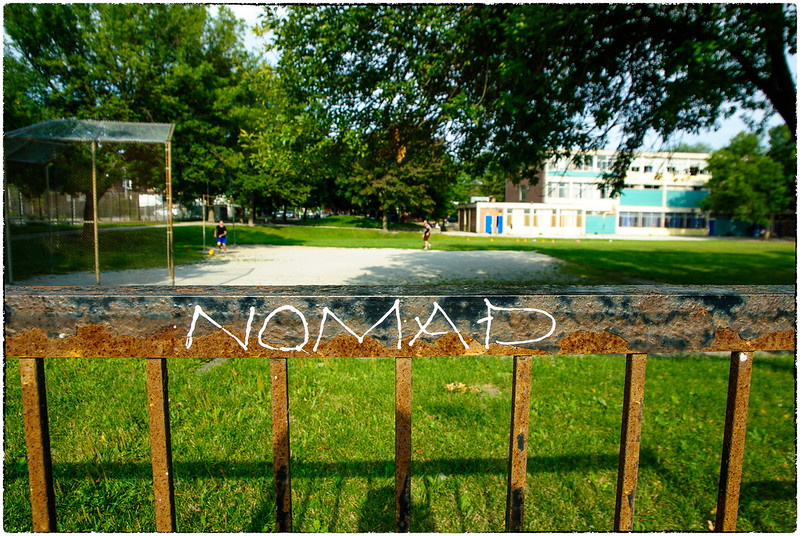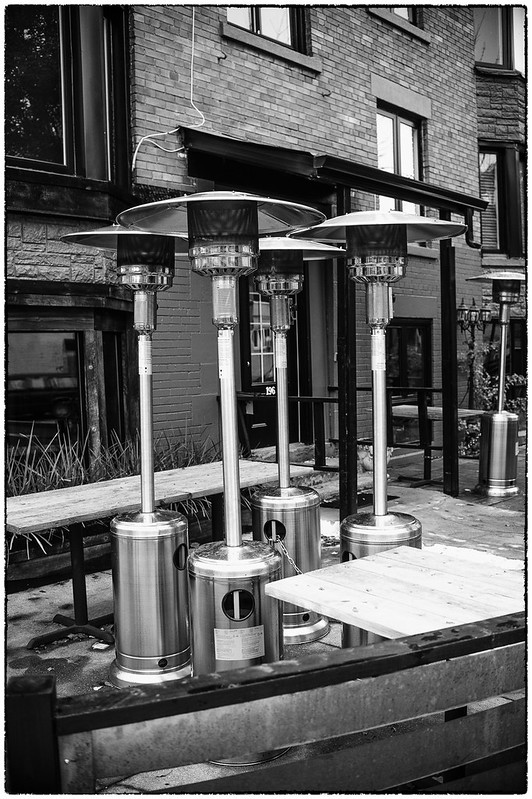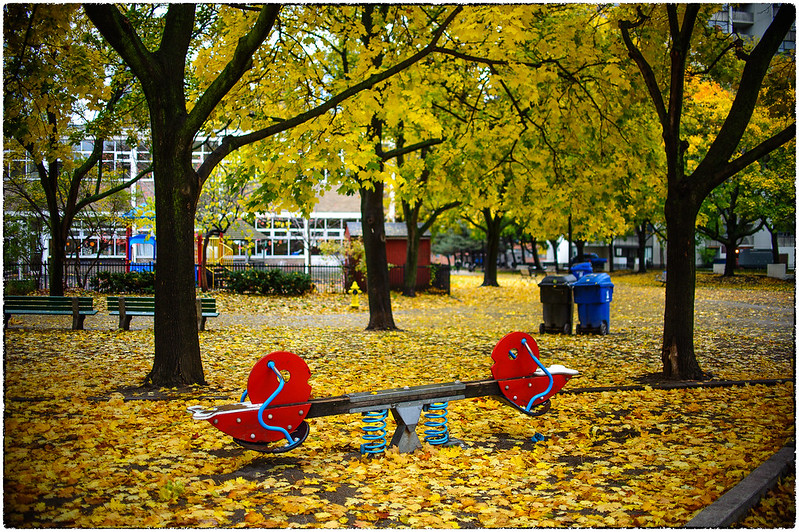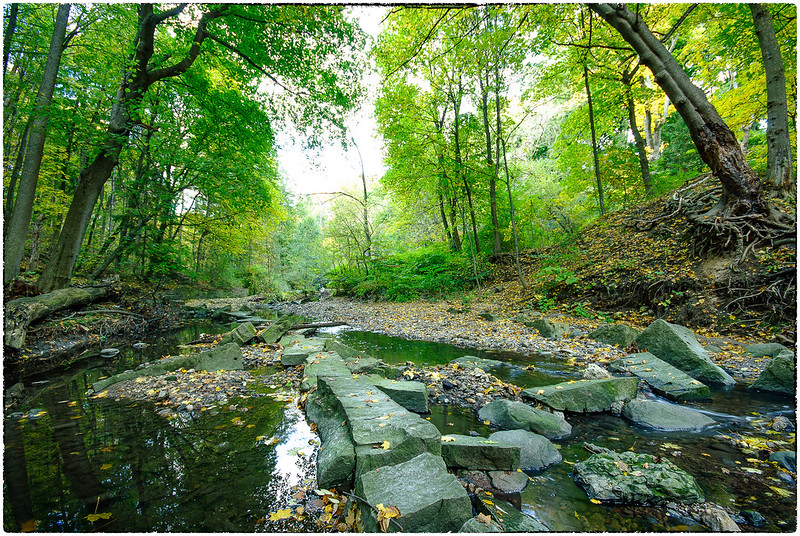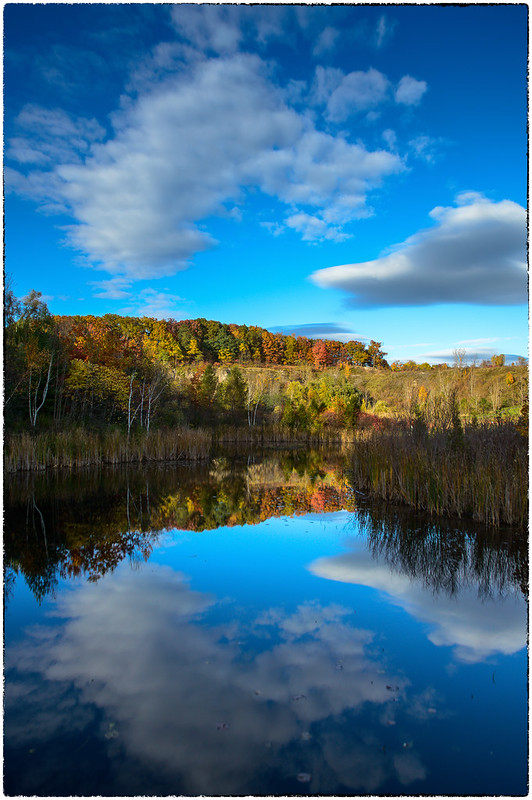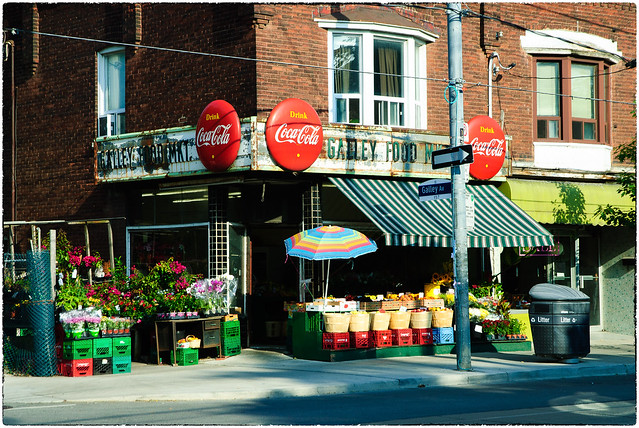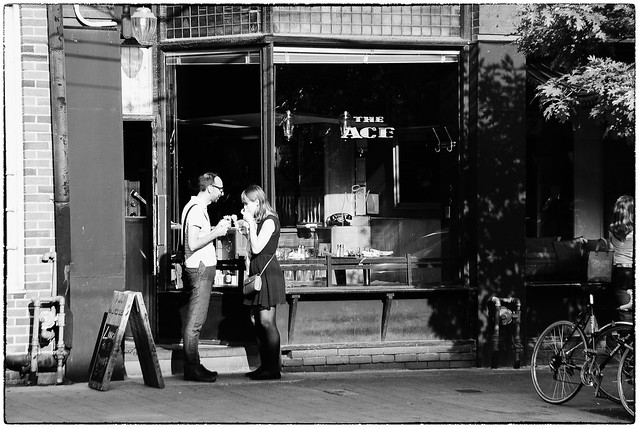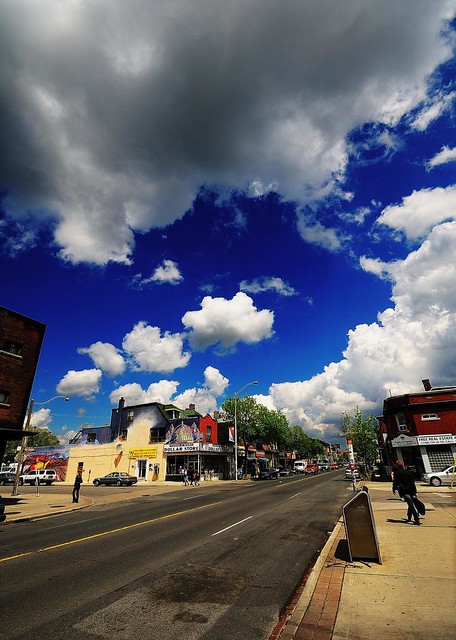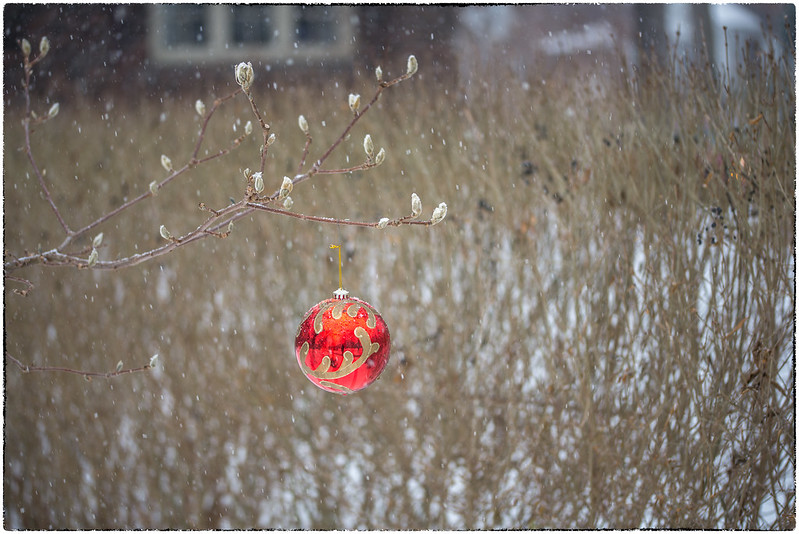
Nikon D300, Nikkor 16-85 VR
There are some cameras that just feel right in the hand. Sometimes you pick up a camera and know right away that it'll work for you.
I've owned 3 digital cameras that I could say this about, and for the most part it was accurate. Those cameras were the D300, A700 and NEX-7. Ironically the A700 was the first of those I tried, but I would not own one until several years later as I chose to buy the D300 instead due to my then-copious collection of Nikon lenses.
I've regretted selling all three to some degree, once again the A700 stands out as I regretted selling it the least, of course that would be because I was shooting with the NEX-7 at the time. Selling the D300 was a serious mistake, I had a great setup and selling it really started me off on chasing the dragon, I wouldn't end up with a really comparable setup until I put together my A700 kit. The NEX-7 on the other hand I regret selling as it was a great walkabout kit, but it really didn't cover the entirety of my needs.
There's been a couple other cameras that I didn't get that initial bond with but nonetheless quickly bonded to. The D7100 was one and the Pentax K10D another. I don't regret selling the K10D, as good as it was, switching to the D300 was a major gain for me. The D7100 on the other hand I should have kept rather than swapping it for the D600. I strongly suspect I would be shooting it today if I'd kept it then (Frankly, if I'd been smart and kept the D300, I suspect I would have kept it until the D7100 came out and then moved to the D7100).
I'm honestly having a similar reaction to the D200. Unsurprisingly in a lot of ways it's just like having the D300 back in my bag, just without the good high ISO and ridiculous AF performance. I've actually done a fair bit of shooting with it already, having done a couple separate walks over the last day and having shot around 250 frames (in comparison, the X-E1's at around 550 frames since it was acquired in May). This does point out that in some ways I like the idea of mirrorless more than the actuality. I'd probably be willing to swap my X-E1 for a D3300 if there was a solid AF replacement for the 18/2, the 35/1.8DX can easily replace the 35/1.4, the Fuji's a better lens but the Nikkor is no slouch and I quite liked it during the brief period I had it on the D7100 and once again, system performance due to the better sensor can outweigh a better lens on a lesser sensor.
This points out a MAJOR weakness of Nikon's (and also of Canon). APS-C lenses for enthusiast shooters. Nikon's come out with an overabundance of consumer zooms for APS-C, but for the enthusiast shooter you have the choice of elderly, overpriced and underperforming 'Pro' lenses, ie the 12-24/4 and 17-55/2.8, both of which are not up to the demands of the 16MP sensors, let alone the 24MP AA-less sensors that are used on all current Nikon APS-C bodies, or a pair of wider-range variable-aperture zooms (10-24, 16-85VR) that are reasonably good, but outperformed by the 3rd party lenses and slow. On the prime front it's even worse, there's the ancient 10.5 DX Fisheye, a lens so old it's screwdriver AF (the only DX lens so equipped), the 35/1.8DX, the 40DX Macro and the 85 DX Macro. Of those, only the 35 and maybe the 85 appeal to the serious enthusiast. Sure there's some FX lenses that appeal, especially on the longer side of normal, but there's a bunch of bread & butter lenses that desperately need to exist (or updating). At a minimum Nikon needs the following:
10-xx f4 or f2.8 wide zoom, weather sealed. Replace the ancient 12-24. VR would be nice
16-50/2.8 VR. Replace the old and underwhelming 17-55 with something that can hang with the competition. VR a must, flare control (the bugaboo of the 17-55) a must.
16-85/4VRII. There's a patent, release the lens. This is a go-to lens for folks looking for a landscape or walkabout zoom.
And on the prime side:
16/2 or 2.8DX: A standard wide prime. Must-have in a system.
24/1.8DX: Fastish 35 equivalent. Another must-have, even bigger miss than the 16.
Frankly, it seems Nikon has completely abandoned high-end DX, aside from iterating the D7x00 series bodies. With current DSLR sales in the tank and Mirrorless eating the D3x00 and D5x00 market I'm wondering why Nikon hasn't addressed the core of the enthusiast market. If they announced two of the lenses I list above and the long-needed D300s successor I'd think Nikon would see a very noticeable uptick in sales. Sales are dropping in a large part because people don't need to upgrade, especially with the mid-range bodies where we've seen two essentially unchanged generations. But Nikon is sitting on two major untapped markets in terms of upgrades, that being the D300(s) shooters, who want both DX and real high-speed performance in a bulletproof body with pro-grade controls and the D700 shooters, who want a performance equivalent to the D810 (ie speed instead of resolution). Nikon seems to want to drive D300 shooters in particular up to FX, but offers them no body meeting the needs of a D300 shooter below the D4s, and there remains compelling reasons to shoot DX for performance (pixels on subject without overloading the processing chain) and as great as the D7100 is, it lacks the build, controls and buffer to truly replace a D300(s) for the shooter who actually needs what that body could do.
Coming back to lenses, I'd also love to see a prime in the 10-12mm range and a 18-19mm, both DX (actually, a new 20/2.8G if priced reasonably could cover the second one). A price-drop for the overpriced but interesting 58/1.4 (a very nice length for DX portraiture) would be nice. It's a good lens, but it costs significantly more than the optically superior Sigma 50/1.4 Art or the Zeiss ZA FE 55/1.8.
Frankly, the 24/1.8 could be welded onto a D3300 for me as a replacement for my mirrorless kit. I do love my Fuji lenses, but the X-E1 is merely adequate and I'm ambivalent right now about investing further in that kit. I'm just going to keep using it for walkabout & light carry for now and see what Fuji has in store in terms of next-generation bodies.
